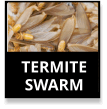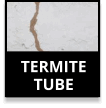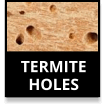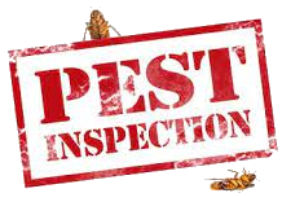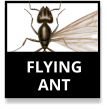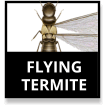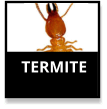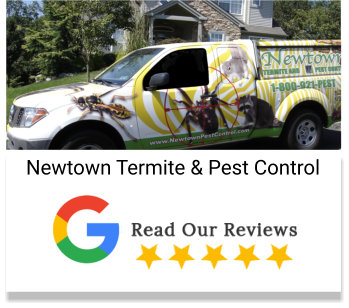Termite Control Services in Bensalem
Homes and businesses across Bensalem need professional termite control to protect against the eastern subterranean termite. These areas are classified as a TIP Zone #2 (Termite Infestation Probability), which indicates moderate to heavy termite activity. Affordable and reliable termite protection is a necessity to ensure your property stays safe from these destructive pests.
What Do Termites Look Like?
Subterranean termites are social insects that live in large colonies. These colonies are divided into three main groups: workers, soldiers, and reproductives (kings, queens, and secondary reproductives). Understanding the physical characteristics of these termites is crucial for effective identification and early intervention:
- Workers: Wingless, typically gray or off-white in color. They are approximately 1/8-1/4 inch in length and have rounded heads.
- Soldiers: Also wingless, with distinct yellowish heads. They measure about 1/4 inch in size and protect the colony.
- Reproductives: Winged, dark brown or black. These termites are responsible for creating new colonies and grow to about 3/8 to 1/2 inch in length.
Where Do Termites Live?
Eastern subterranean termites primarily live outdoors in the soil, requiring ground contact or other moisture sources for survival. They build mud tubes to travel safely from the ground to wooden structures. These tubes provide mobility, protection, and create a suitable environment for termites to thrive.
How Termites Get Inside Your Home
Termites enter homes and businesses through wooden structures, such as posts, beams, and frames. They can also squeeze through cracks as small as 1/32 of an inch in foundations or between stone and brick. Once inside, termites are active year-round and continue to cause damage 24/7.
What Do Termites Eat?
Termites are capable of digesting cellulose in materials like paper, books, drywall, insulation, roots, mulch, and even wooden furniture. This makes them particularly destructive to the structural integrity of homes and businesses.
Termite Damage: A Growing Concern
Each year, over 600,000 homes experience significant termite damage in the United States, resulting in over $5 billion in losses. A single termite colony can house anywhere from 60,000 to over one million workers. These termites can eat through a 2" x 4" board nearly two feet long in just one year. Most homeowners' insurance policies do not cover termite damage, making early detection and prevention crucial.
How to Detect Termites
Watch for the following signs of termite infestation:
- Drooping or bowing drywall
- Pinpoint holes in drywall
- Uneven or warped flooring
- Ill-fitting tiles or cracked floors
- Peeling paint or stained surfaces
- Hollow-sounding wood
- Mud tubes on basement or exterior walls
- Musty or mildew odor, particularly in basements and bathrooms
How to Prevent Termites
To help avoid termite infestations, schedule annual inspections with a licensed pest control professional. Additionally, follow these preventive measures:
- Seal cracks around plumbing and service lines
- Remove mulch and other wood debris near the structure
- Eliminate dead trees, stumps, and roots near the home
- Ensure wooden siding is at least six inches above the ground
- Repair leaks, especially in basements and crawl spaces
- Inspect firewood and lumber for signs of termite activity
- Store firewood and other materials away from the foundation
Affordable and Effective Termite Treatment in Bensalem
Newtown Termite & Pest Control offers affordable, reliable, and eco-friendly termite control solutions in Bensalem. Our certified Termidor® exterminators use the nation's #1 termiticide to eliminate infestations and protect your home or business for years to come.
Our Termite Treatment Warranty
For over 25 years, Newtown Termite & Pest Control has served the Bensalem area with exceptional termite treatment services. We stand behind our work with a renewable, transferable, triple guarantee:
- If, within one year of your first treatment, we uncover a new colony of live termites, we will retreat your home for FREE.
- If, during the first five years of your service contract, we uncover a new colony of live termites, we will retreat your home for FREE.
- If, during the first five years or any year thereafter, we uncover a new colony of live termites, we’ll retreat for FREE — EVEN IF YOU SELL THE HOME!
When Was Your Last Termite Inspection?
Industry experts agree that the first step in effective termite control is to have your home or business undergo a full termite inspection at least every two to three years. Termites, often called "silent destroyers," can go unnoticed until visible damage occurs. Schedule a FREE inspection today.
Schedule a FREE inspection today.
TERMITE FACTS
Courtesy: Newtown Termite & Pest Control, Inc.
Courtesy: Newtown Termite & Pest Control, Inc.
